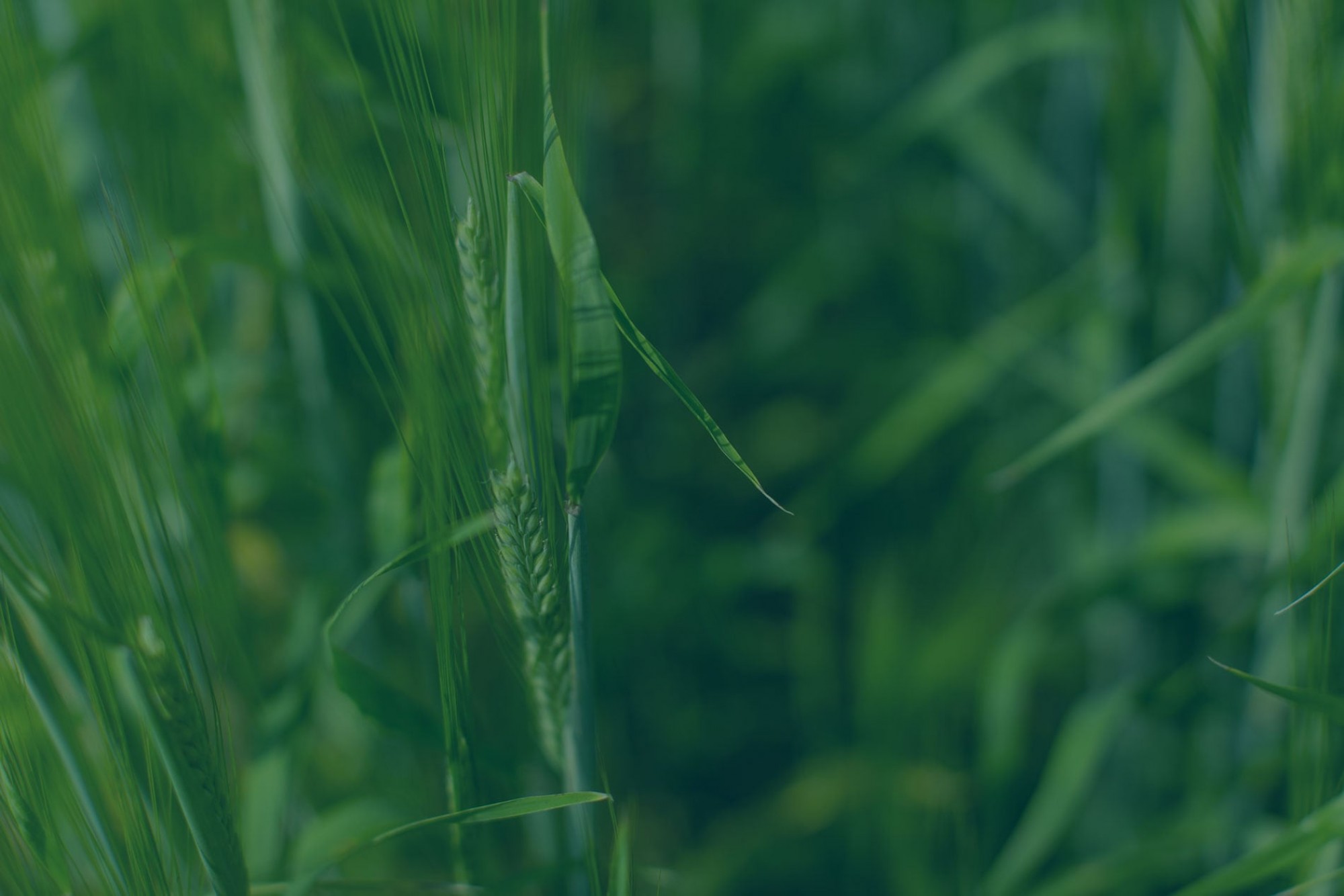More midge and fewer parasitoids in Alberta forecast
A costly insect pest is set to make a comeback in Alberta wheat fields. Entomologists are cautioning producers to be on the lookout for orange blossom wheat midge during the 2021 growing season.
“It really hasn’t been on people’s radar for a number of years,” says Boyd Mori, assistant professor in agricultural entomology at the University of Alberta.
The pest is back in the spotlight thanks to work by the Alberta Insect Pest Monitoring Network, which collects survey data to create pest forecasts and risk warnings. Wheat midge are an important pest to keep an eye on as they can significantly reduce yields and quality without proper management.
“In previous years, the surveys have shown low risk for midge. Last fall’s survey was the first year in a long time that we’ve had a zone or an area in Alberta that could have high midge pressure this coming season,” says Mori.
The recently released 2021 forecast shows an increase in midge risk in the central part of the province. In fact, an area east of Edmonton is categorized as being high-risk. Areas west and south of Edmonton have also seen individual fields with midge numbers at levels of concern as far south as Starland County. According to the forecast, risk in the Peace River Region remains low but should not be underestimated.
Why midge is making a comeback
The midge comeback is not a surprise to insect experts. After a series of dry springs, the 2020 season delivered a level of moisture and heat that was ideal for the pest to “come out to play” according to Tyler Wist, research scientist of field crop entomology with Agriculture and Agri-Food Canada.
“There was plenty of moisture in May and that’s really tied to getting the wheat midge to come out of the ground,” he says. Wist explains that 25 mm of rainfall can trigger midge emergence. “Those same rains that get the spring wheat up and growing are the same rains that get the wheat midge up and moving. It’s pretty well synchronized,” he says.
What midge risk means for producers
Growers are advised to check the forecast map and determine if they farm in one of the wheat midge ‘hot spots.’
The best line of defense is growing a Midge Tolerant Wheat variety, which offers built-in protection. With varieties available in every wheat class, they are a vital tool to control orange blossom wheat midge – as long as growers follow stewardship practices. This includes limiting the use of farm-saved seed to one generation past Certified seed.
With most growers having made their variety selections, Mori and Wist’s message for those who don’t have a Midge Tolerant Wheat variety in their line-up is to monitor their fields for midge in late June and early July as wheat heads are emerging.
“Scout at dusk on calm evenings,” says Wist, adding that’s when midge females – little orange flies – can be observed laying eggs on developing wheat heads. “Wheat midge can affect both your yield and your grade. If you find one midge on five heads when scouting you’ve reached your yield threshold. One midge on 10 heads is your grade threshold.”
Timing is everything with midge. “As soon as you hit that threshold, have your sprayer ready to go. That’s when you’ve got to hit them because wheat midge only live for five days. They’ll do all their damage in the first two or three days. If you wait around, it’s going to be too late.”
Midge’s natural predator
Another line of defence is a parasitoid – Macroglenes penetrans – that preys on the wheat midge. A healthy population of these parasitic wasps will naturally control about 30 percent of the midge population each year, explains Wist.
The 2020 Alberta surveys, however, revealed something worrisome. “We recorded the lowest parasitism levels we’ve ever seen,” says Mori.
The researchers hypothesized that a classic biological control principle was at work – whereby the predator follows the population of the prey. “Due to the low midge population numbers in recent years, the parasitoid probably crashed because there weren’t high numbers of midge for it to survive on,” says Mori.
Interestingly, Wist did not see the same phenomenon when he crunched the Saskatchewan data. “I didn’t see a corresponding decrease in parasitism. It seems to be pretty constant from 2019,” he says, adding that he plans to gather entomologists to explore this difference further.
In the meantime, growers should prepare to be vigilant against the orange blossom wheat midge during the 2021 growing season.

